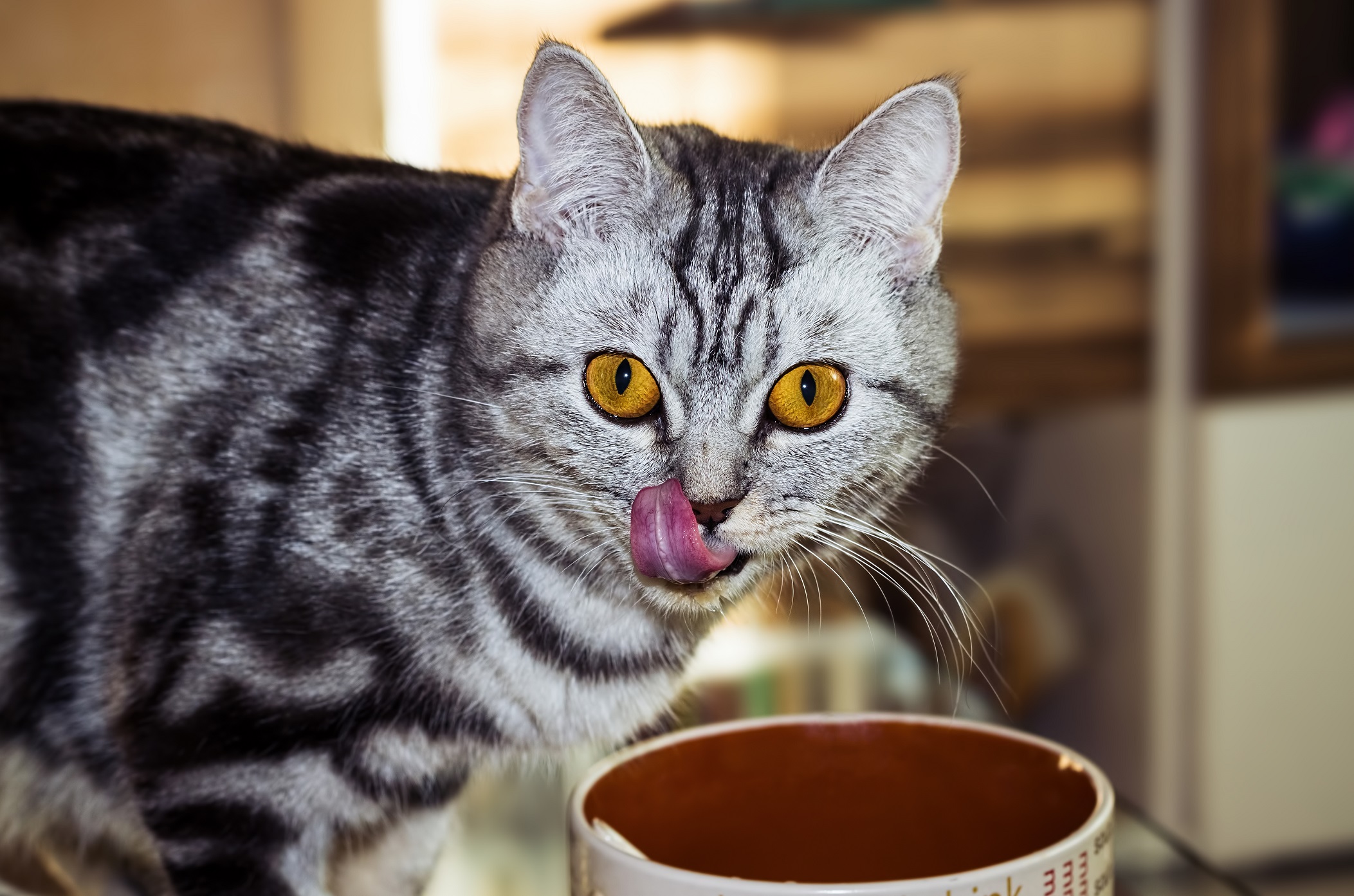No longer viewed as a fad or short-term trend, companion animals are part of the family. And thinking of pets as family members has been proven to help children possess higher levels of empathy and self-esteem. And as the pandemic has shown, spending more time caring for a pet increases one’s attachment to that companion animal which, in turn, reduces stress in its pet parents. Two of the most popular pets are, of course, cats and dogs.
Sponsored by Purina, this edition of Pet Age’s digital guide provides valuable information on the topics of puppy and kitten care, dog treats, cat litter, cat food trends and the impact of pets on domestic abuse victims.
Pairing Cat Parents With the Right Litter
Retailers know that consumers have come to expect a level of performance in their cat litter and are constantly seeking added benefits that this essential product can deliver.
How to Overcome Cat Allergies
When it comes to cat allergies, many people think cat hair itself is the allergen. The actual source is the major cat allergen called Fel d 1, a protein that cats produce naturally in their saliva.
The Importance of Puppy and Kitten
If retailers can win with puppy and kitten, they can expect to see an increase in channel loyalty and additional sales in areas outside of pet as consumers seek additional accessories, cleaning products and to replace broken items.
The Need for Pet-Friendly Domestic Violence Shelters
According to the National Coalition Against Domestic Violence, 71 percent of pet owners entering domestic violence shelters report their abuser had threatened, injured or killed a family pet.
Feed the Big Cat in Your Center Store
Wet cat food is currently the second fastest growing segment within the cat food category, and it’s expected to grow six percent over each of the next three years.
Capitalize on the Dog Treat Category
Functional treats make up 25 percent of the pet treat category, and these better-for-you treats are growing faster (nearly 5 percent growth) than the rest of the treat category (3.6 percent growth).













